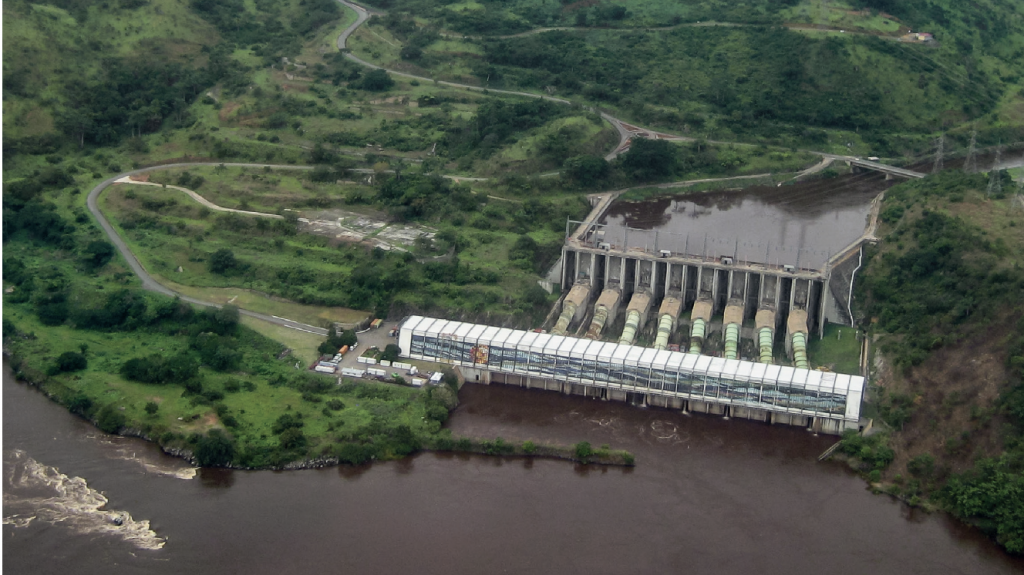
This is the inside story of a huge hydroelectric project that could supply much of the Democratic Republic of Congo and the African continent with energy. For several years, discussions on Inga III have been held behind closed doors between the Congolese presidency and two international consortiums. In this report, released on October 28, Resource Matters and the Congo Research Group tell the story of the negotiations around the world’s largest hydroelectric site. The report argues that there is currently no guarantee that the population will benefit from the electricity generated by the future power plant.
Click here to read the full report “Inga III: Kept in the Dark. How the World’s Largest Hydropower Site is Being Negotiated Behind Closed Doors.”
Five out of six Congolese, or 65 million people, live without electricity, according to World Bank figures. With a potential capacity of 40 Gigawatts, less than one-twentieth of which is being exploited at this stage, the development of Inga III has been heralded since the 1990s as one of the potential solutions to the country’s energy deficit.
Since 2015, the Agency for the Development and Promotion of the Grand Inga Project (ADPI) has been tasked with selecting the developer and moving the project forward. ADPI works under the direct supervision of the Congolese president’s office. Many important actors have been sidelined from the project: civil society, relevant government ministries, and the Congolese parliament only receive piecemeal updates. In October 2018, after two years of almost total silence, the ADPI held a public ceremony during which it signed an “exclusive development agreement” with the China Inga Group and the ProInga Group, which is mainly Spanish. The agreement has not been made public.
This nearly $14 billion project, which remains a priority for both President Félix Tshisekedi and the African Union, aims to generate at least 10 gigawatts, according to the most recent proposals. This would quadruple the country’s current electricity production. However, there is currently no guarantee that any of this electricity will be reserved for the Congolese population. Given the need to find creditworthy customers to carry out this project – which requires huge investments -, five out of 10 gigawatts have already been promised to South Africa. In discussions prior to the October 2018 agreement, there was talk of reserving three gigawatts for the Democratic Republic of Congo, with a real risk that a substantial portion of these three gigawatts would be allocated to the country’s mining industries rather than to its inhabitants. Since then, even the requirement to reserve three out of 10 gigawatts has not been maintained either in the agreement between the ADPI and the consortiums or in the proposal that the consortiums submitted for Inga III at the end of 2018.
In the coming months, negotiations on the project will continue in a fragile context. In fact, significant disputes seem to be emerging between the two consortiums, which have been called upon to work together to carry out complementary studies and finalize the design and fundraising for this mega-project. Additionally, there are growing voices within the Congolese government criticizing the new format of more than 10 gigawatts, calling for a return to the old formula that envisioned a more modest, although still costly, project.
With Félix Tshisekedi’s ascent to the presidency and his promise to improve the population’s access to electricity, it is time to reframe Inga III as part of an overall national energy strategy. To do so, the project’s development process must become more inclusive and transparent.
